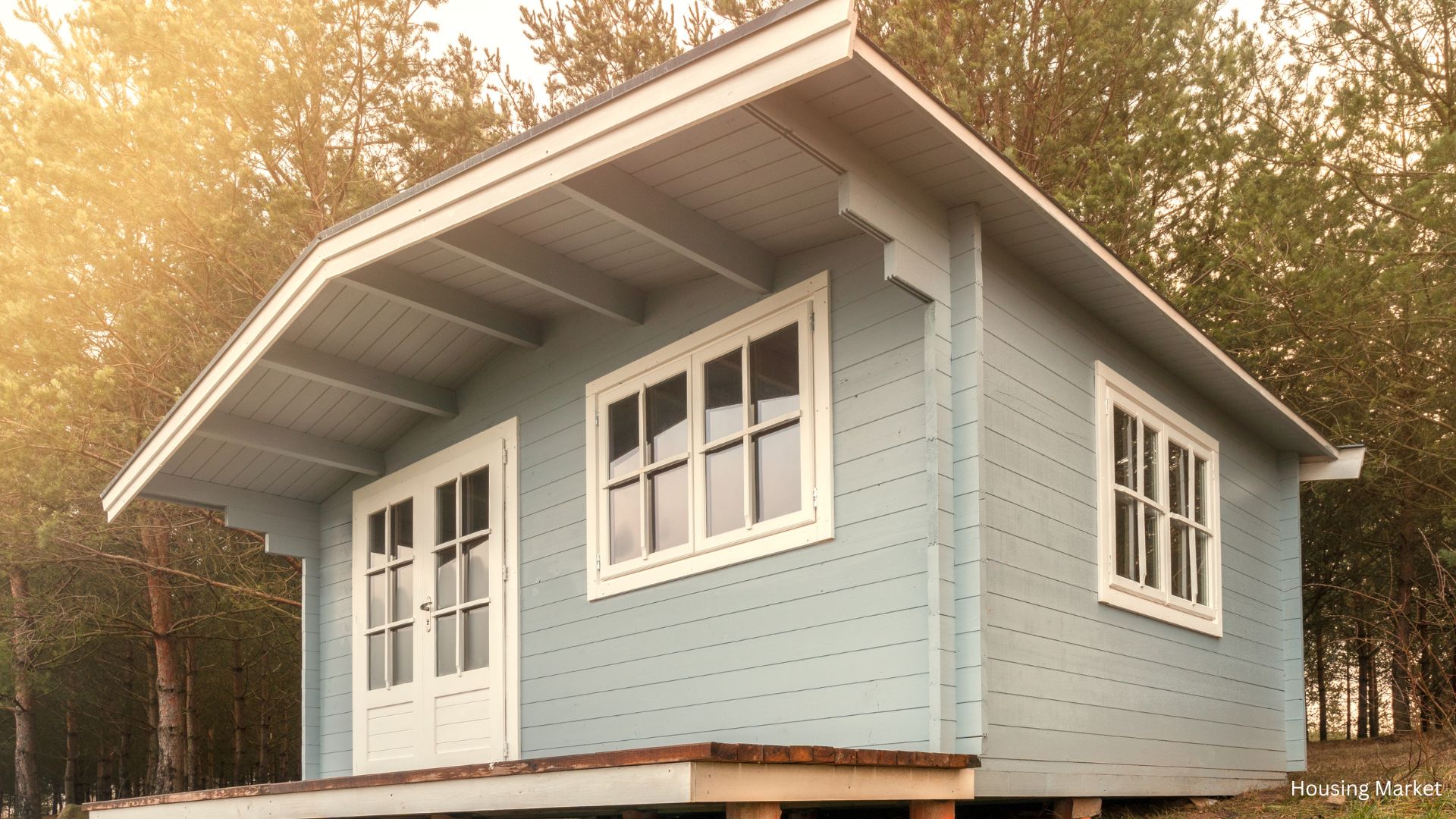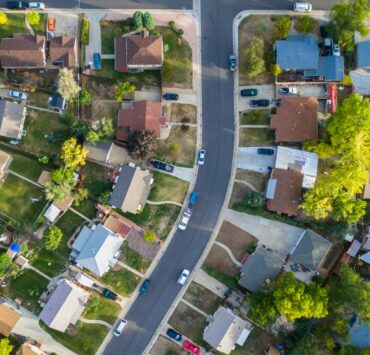Shrinkflation is becoming a significant issue in the U.S. housing market. This term, typically used to describe reduced product sizes without a corresponding price drop, is now being applied to homes. In today’s economic climate, homebuyers are faced with paying more for less—a trend that is affecting the real estate market across the nation, especially in major metropolitan areas.

Understanding Shrinkflation in Housing
Traditionally, shrinkflation has referred to consumer goods such as food and household products, where the amount of the product decreases while the price remains the same. However, the housing market is now experiencing a similar phenomenon. Home sizes are shrinking, yet prices continue to rise at an alarming rate. According to a study conducted by USA Today/Homefront, the median American home is now 128 square feet smaller than five years ago, while the price has jumped by $125,000. This is shrinkflation at work, but with homes instead of groceries.

The Causes of Shrinkflation in Real Estate
Several factors contribute to shrinkflation in the housing market. Rising inflation has led to increased costs of building materials, labor, and land, particularly in urban areas where space is limited. Builders, attempting to keep homes affordable in a competitive market, are reducing square footage to offset these costs. This has been especially noticeable in the South, where population growth has put additional pressure on housing availability. For example, in Colorado Springs, the median home size has decreased by 21%, while the price per square foot has soared by 50%.
Who Is the Most Affected?
Shrinkflation is hitting homebuyers hard, especially in high-demand areas like North Carolina, Texas, and Washington, D.C. Seven of the top ten metros with shrinking homes are located in the South, with the Raleigh-Cary area experiencing a 15% reduction in home size. Buyers in these regions are paying more for homes that offer less space, further exacerbating the housing affordability crisis. The scarcity of affordable homes has sidelined many aspiring homeowners, leaving them priced out of the market despite the smaller homes being built.
The Long-Term Impact of Shrinkflation on Housing
While builders may argue that smaller homes could help reduce overall costs, the reality is more complex. Shrinking homes have not led to significant price reductions that would make homeownership accessible to a wider audience. Instead, shrinkflation is creating a market where homebuyers pay a premium for less square footage, further compounding the ongoing affordability crisis. As inflation and material costs continue to rise, this trend may persist, leaving many potential homeowners struggling to find affordable housing options.

Shrinkflation is reshaping the U.S. housing market, forcing buyers to pay more for smaller homes. As builders attempt to balance construction costs with demand, many Americans are left grappling with limited options and rising prices. The future of the housing market will depend on how builders and policymakers address this growing trend. Shrinkflation is no longer just about products on store shelves—it’s a reality that homebuyers must now confront.









